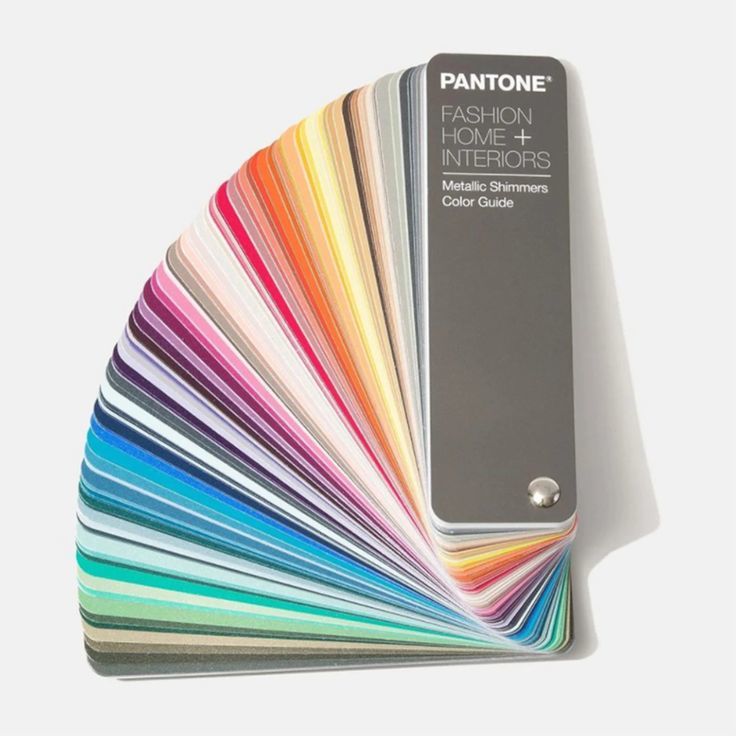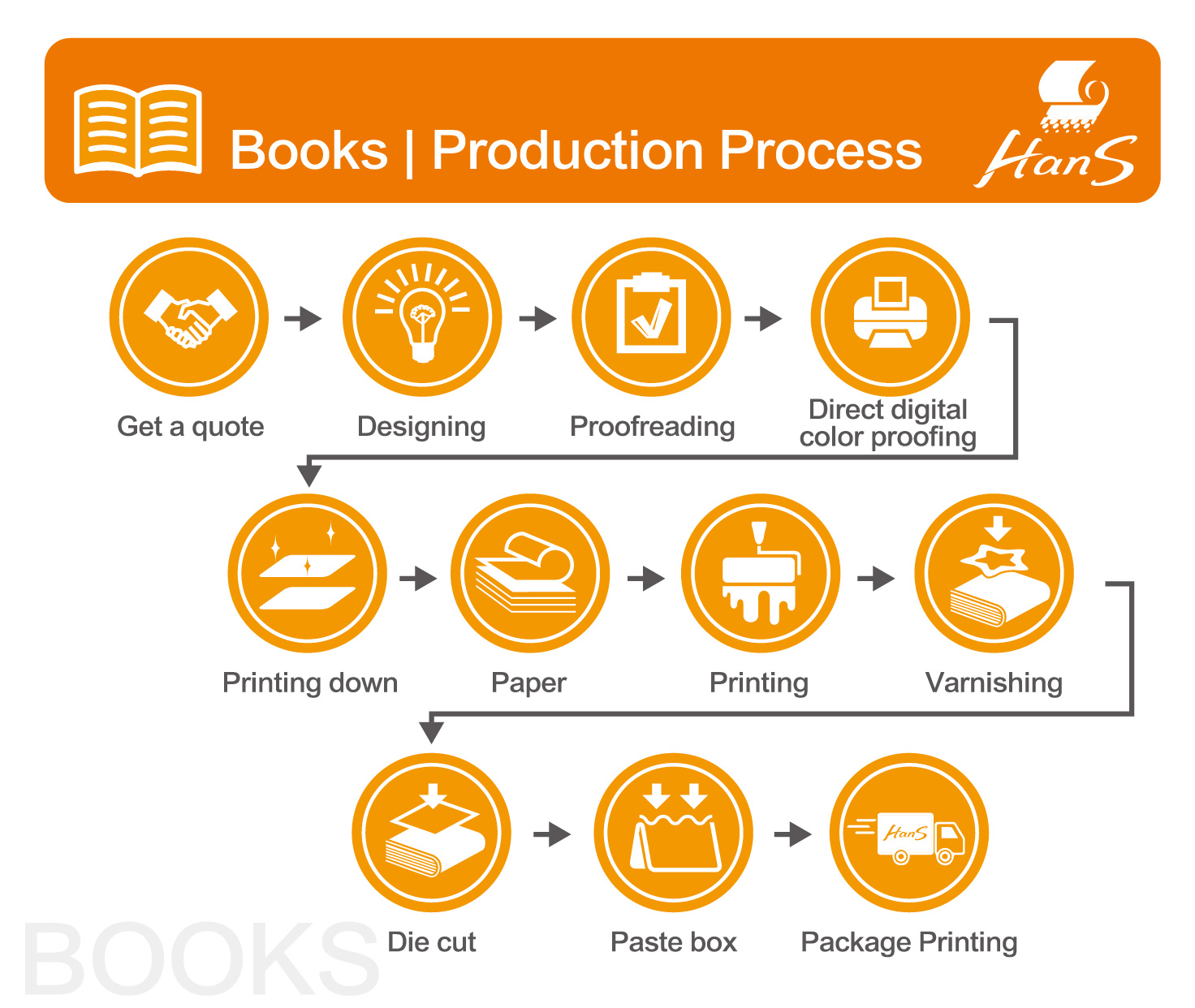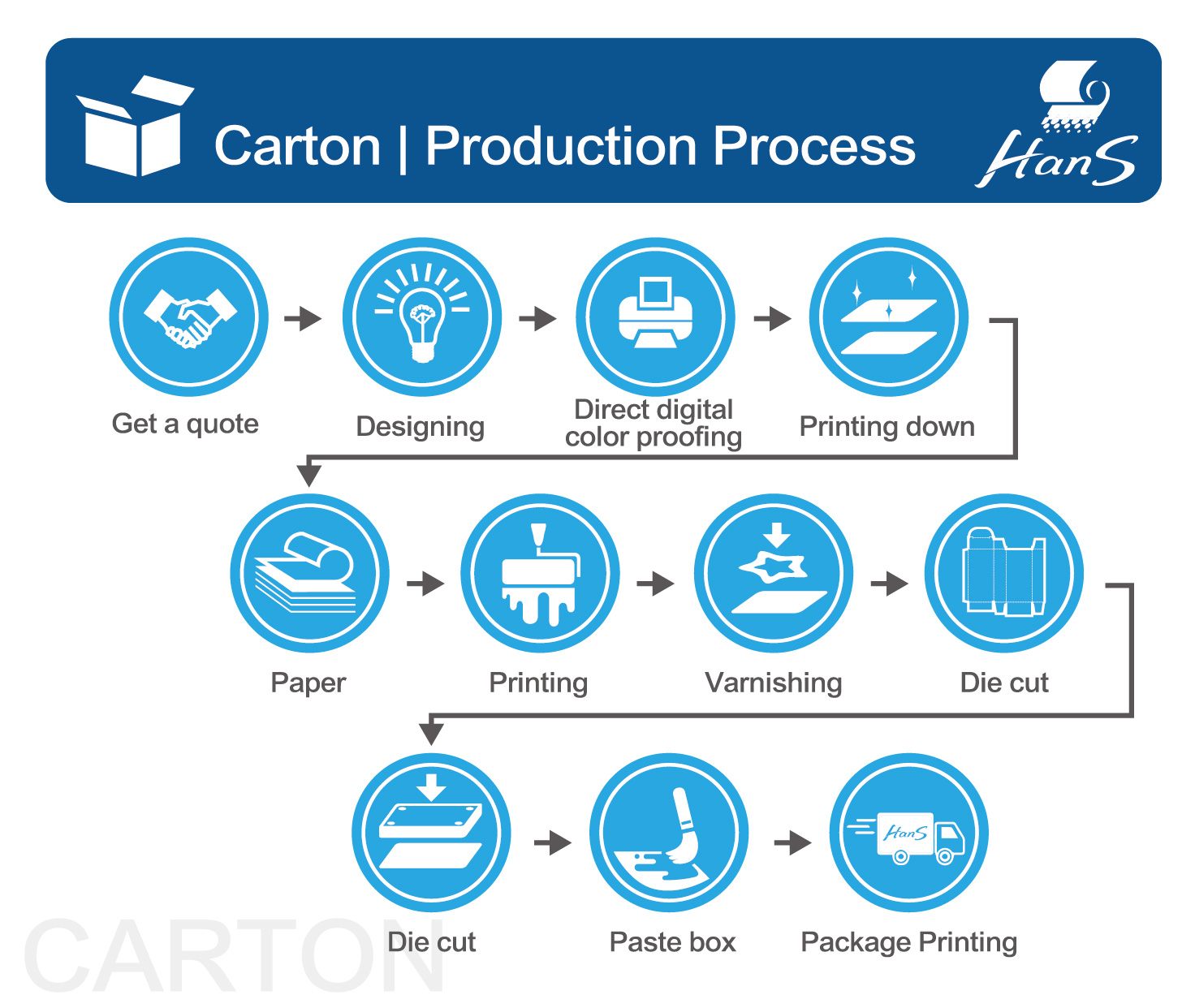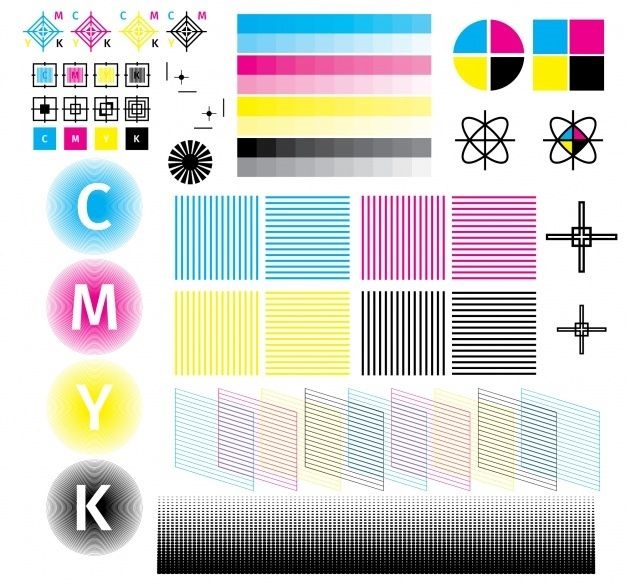Color Process Printing
-
sentiment_very_satisfied
Viewers:
- 0
| Spot Color vs. | 4 Color vs. | 6 |
8 Color Process Printing |
• Definition:- Spot Color: Refers to a pre-mixed ink color used in printing that is applied directly to the print material. Each spot color is a specific ink that’s applied separately, not created by mixing other inks. Characteristics: - Precision: Spot colors are used for precise color matching and are often employed for brand colors and logos. - Consistency: Provides consistent and accurate color reproduction as the ink is specially formulated. • Advantages:- Brand Accuracy: Ideal for maintaining brand color consistency across various printed materials. - Cost-Efficient for Simple Designs: Cost-effective for designs using only a few colors, especially in smaller print runs. • Best Uses:- Logos and Branding: Perfect for businesses needing exact color matches for their logos. - Specialty Printing: Suitable for invitations, stationery, and high-quality marketing materials where color precision is critical. • Considerations:- Limited Color Range: Not suitable for full-color images or designs with a wide color spectrum. - Additional Cost: Can be more expensive than process printing for designs with many colors. |
• Definition:- 4 Color Process Printing: Also known as CMYK printing, it uses four ink colors: Cyan, Magenta, Yellow, and Key (Black). These colors are combined in various percentages to produce a wide range of colors. • Characteristics:- Full-Color Printing: Capable of reproducing a broad spectrum of colors through the mixing of the four inks. - Versatility: Ideal for complex images and photographs with a variety of colors and gradients. • Advantages:- Color Range: Can reproduce a wide range of colors and gradients. - Cost-Effective: Generally more cost-effective for full-color printing, especially in larger quantities. • Best Uses:- Photographs and Complex Designs: Perfect for high-quality prints with detailed imagery. - Brochures, Magazines, and Flyers: Suitable for marketing materials requiring full-color visuals. • Considerations:- Color Accuracy: May not match spot colors precisely; color reproduction can vary depending on the printer and paper. |
• Definition:- 6 Color Process Printing: An extension of CMYK printing that includes two additional colors, usually Light Cyan and Light Magenta, to improve color accuracy and gradient transitions. • Characteristics:- Enhanced Color Range: Provides a broader color gamut and smoother gradients compared to 4 color process printing. - Higher Detail: Better for reproducing fine details and subtle color variations. • Advantages:- Improved Gradients: Produces smoother color transitions and more accurate colors. - Better Detail: Enhances the quality of detailed images and complex designs. • Best Uses:- High-Quality Photographic Prints: Ideal for detailed photographs and designs requiring smooth gradients. - Premium Marketing Materials: Suitable for high-end brochures, catalogs, and packaging. • Considerations:- Increased Cost: More expensive than 4 color process printing due to the additional inks and setup. |

• Definition:- 8 Color Process Printing: Uses the CMYK color model plus four additional colors, which can include Light Cyan, Light Magenta, Orange, and Green (or similar), to further expand the color gamut. • Characteristics:- Expanded Color Gamut: Offers an even wider range of colors and finer detail than 6 color process printing. - Highly Detailed: Capable of reproducing intricate designs with more precise color accuracy. • Advantages:- Superior Color Range: Achieves more vibrant and accurate colors, including difficult hues that are hard to reproduce with CMYK alone. - Enhanced Quality: Ideal for the highest quality printing projects requiring exceptional color precision. • Best Uses:- High-End Photographic Prints: Best for extremely detailed and color-sensitive prints such as fine art reproductions. - Luxury Packaging: Suitable for premium packaging and high-quality marketing materials. • Considerations:- Highest Cost: The most expensive printing option due to the complexity and number of inks used. - Specialized Equipment: Requires advanced printing equipment and processes. |
Comparison Summary
| Spot Color | 4 Color Process (CMYK) | 6 Color Process (CMYK+2) | 8 Color Process (CMYK+4) | |
| Color Range | Limited to specific inks | Broad range through ink mixing | Expanded color range with extra inks | Even wider color gamut |
| Best For | Brand colors, logos, simple designs | Full-color images, brochures, flyers | High-quality photos, detailed prints | Premium quality, art reproductions |
| Cost | Cost-effective for limited colors | Generally cost-effective for full color | More expensive due to extra inks | Highest cost due to complexity |
| Color Accuracy | High for specific colors | Good, but can vary | Better than 4 color process | Superior color accuracy |
| Print Detail | Limited detail | Good detail and gradients | Improved detail and gradients | Exceptional detail and gradients |
Choosing the right printing method depends on your project’s needs, budget, and desired quality. Spot colors are ideal for precise color matching and simpler designs, while CMYK and extended color processes offer more versatility and detail for complex, full-color prints.
From planning and filing to the completion of printed matter, printing must go through many procedures, combined with the professional skills of countless people, such as graphic designers, commercial photographers, copywriters, typewriters, artists, color separation technicians, printing technicians, Public workers, printing technicians, bookbinding, varnishing and various processing technicians, etc., without any one, can not successfully complete the printed matter, so they are all important contributors.
We assist many enterprises and organizations in the integrated planning and production of printed materials, focusing on providing comprehensive printing integration services, helping you think more, do more, and win more under limited time and money.



















